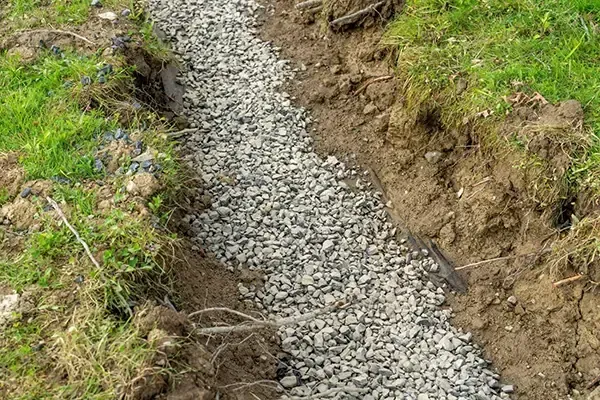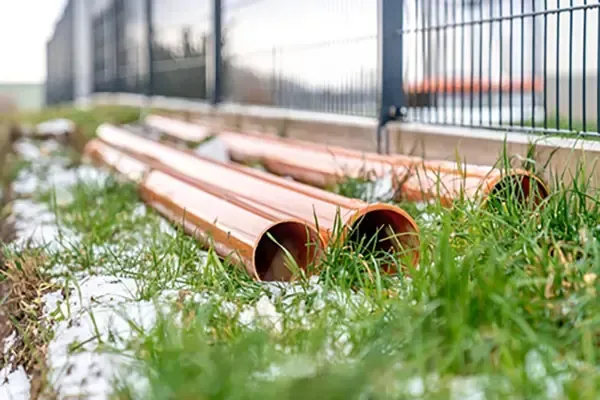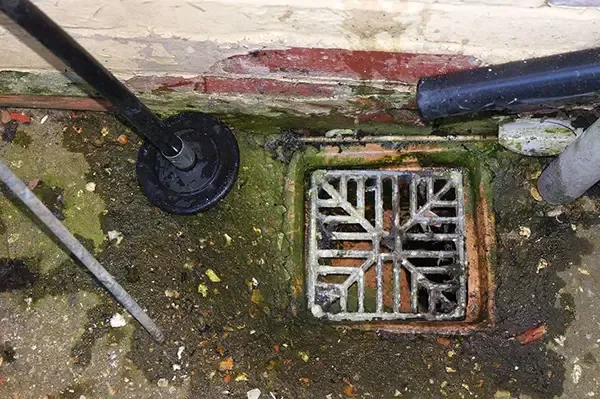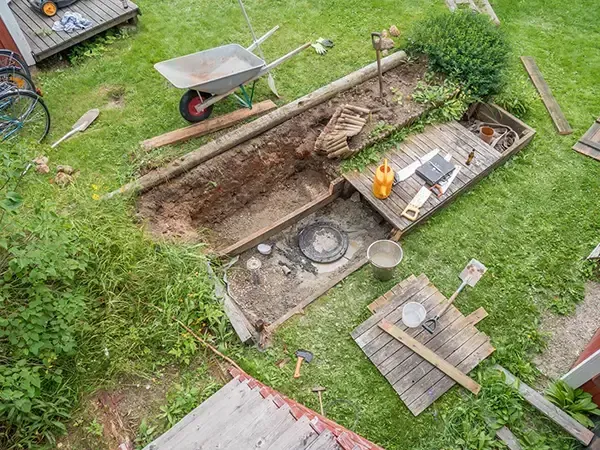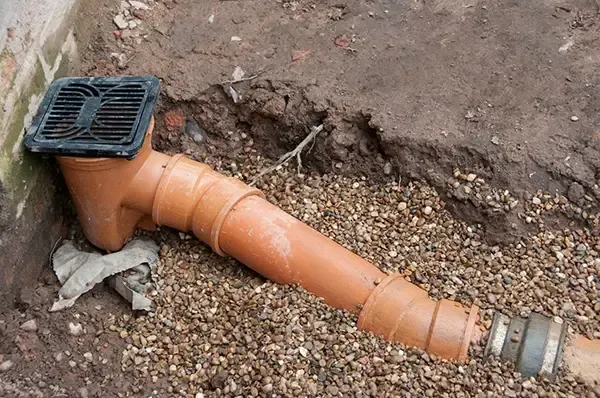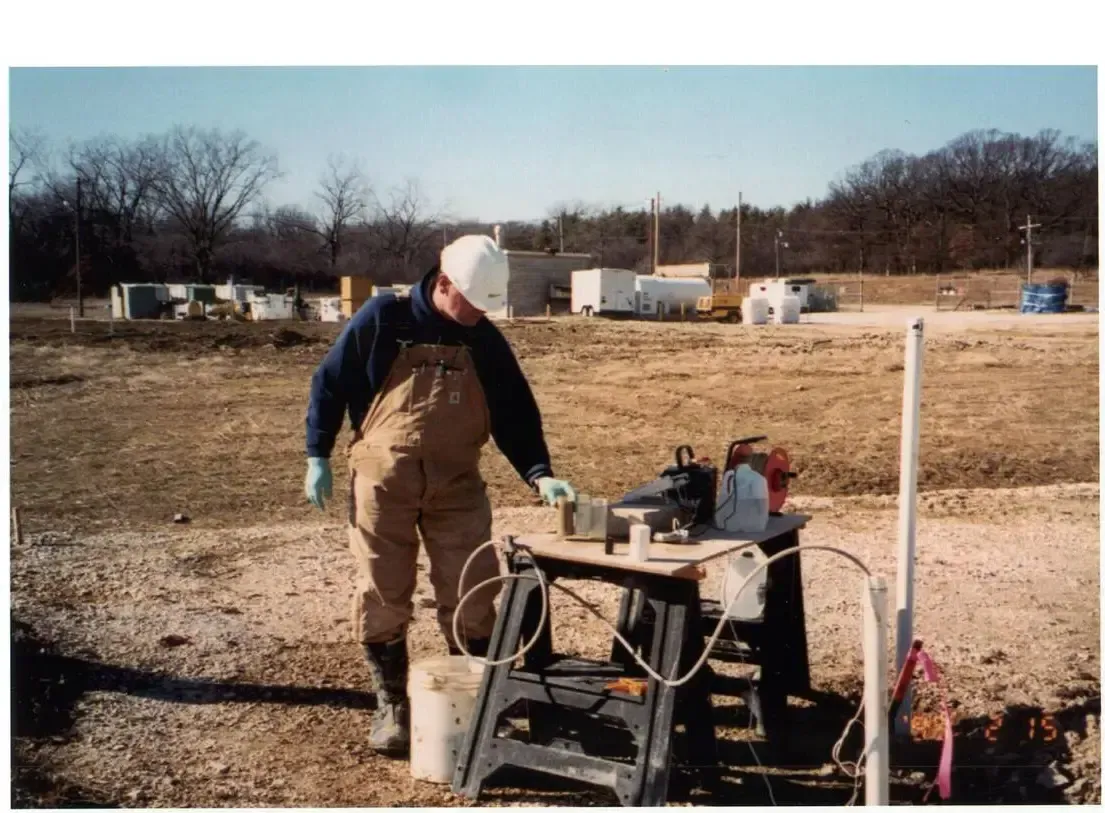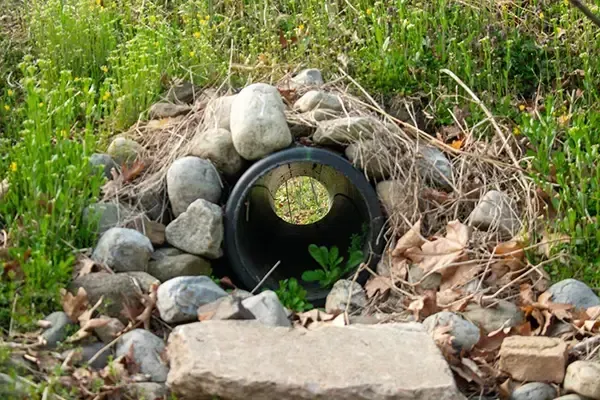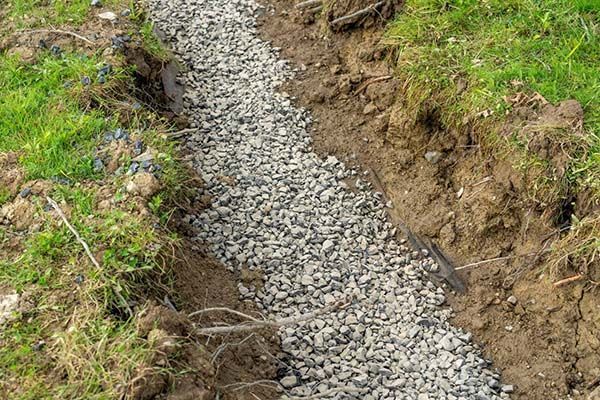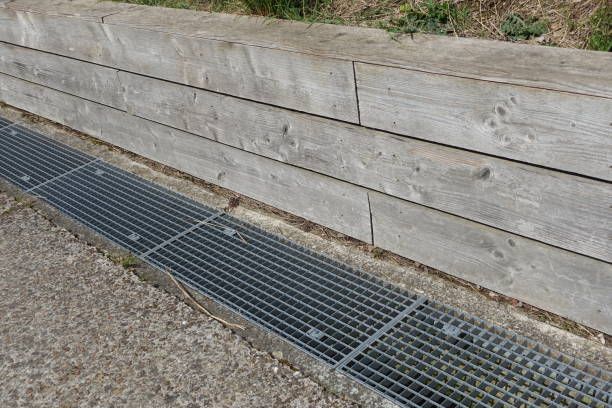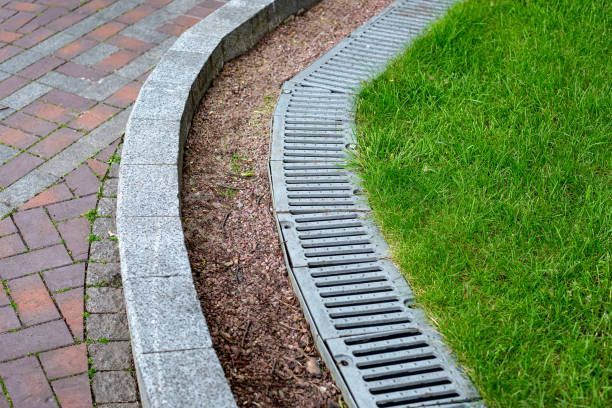The Role of Storm Pipe Installation in Flood Prevention
When it comes to flood prevention, the importance of storm pipe installation is often overlooked.
These systems are vital in effectively managing rainwater and runoff, significantly reducing the risk of flooding and safeguarding infrastructure and communities.
However, successful flood management goes beyond just the initial installation of storm pipes; understanding the best practices and ongoing maintenance is crucial for ensuring optimal performance.
To truly maximize the impact of storm pipe systems, it’s essential to delve into these key aspects and recognize their significance in flood prevention strategies.
Importance of Storm Pipe Systems
Storm pipe systems are critical infrastructure for communities, playing a vital role in flood prevention, environmental protection, and overall public safety.
Flood Mitigation:
- Channeling Water Runoff: Storm pipes effectively collect and channel stormwater runoff from streets, parking lots, and other impervious surfaces.
- Reducing Flood Risk: By efficiently directing water away from populated areas, these systems significantly reduce the risk of flooding during heavy rainfall events, protecting homes, businesses, and infrastructure.
Environmental Protection:
- Minimizing Pollution: Storm pipe systems help to minimize the amount of pollutants, such as oil, grease, and debris, that enter natural waterways.
- Erosion Control: By controlling the flow of stormwater, these systems help to prevent soil erosion and sedimentation in rivers and streams, protecting aquatic ecosystems.
Public Safety:
- Reducing Traffic Disruptions: Effective storm drainage systems minimize traffic disruptions caused by flooding, ensuring safer and more efficient transportation.
- Preventing Property Damage: By preventing flooding, storm pipe systems protect property from water damage, minimizing costly repairs and disruptions to daily life.
Community Well-being:
- Improved Quality of Life: A well-functioning storm drainage system contributes to a safer and more comfortable living environment for residents by reducing the risk of flooding and improving water quality.
Investing in the construction and maintenance of robust storm pipe systems is essential for the long-term well-being of communities and the protection of our environment.
Key Installation Practices
Proper installation is crucial for the long-term effectiveness and reliability of any storm pipe system. Here are some key practices to consider:
Thorough Site Assessment:
- Soil Analysis: Conduct a thorough soil analysis to determine soil type, moisture content, and bearing capacity. This information will help select the appropriate pipe materials and determine the depth of the trench.
- Hydrological Analysis: Analyze the site's hydrology, including rainfall patterns, runoff volumes, and potential flood zones. This information is essential for designing a system that can handle the expected water flow.
- Utility Mapping: Locate existing utilities, such as water lines, sewer lines, and gas lines, to avoid conflicts during excavation.
Proper Pipe Selection:
- Material Selection: Choose the appropriate pipe material based on soil conditions, anticipated loads, and environmental factors. Common materials include PVC, HDPE, and concrete.
- Size and Slope: Select the appropriate pipe size and slope based on the calculated flow rates and drainage requirements. A minimum slope is typically required to ensure proper water flow.
Accurate Installation:
- Trench Excavation: Excavate trenches to the appropriate depth and width, ensuring proper bedding and backfill materials.
- Joint Connections: Use high-quality joints and sealants to ensure watertight connections and prevent leaks.
- Proper Bedding and Backfill: Properly bed and backfill the pipes with the appropriate materials to ensure adequate support and prevent settlement.
Accessibility for Maintenance:
- Manhole Access: Provide adequate access points (manholes) for future inspection, cleaning, and maintenance of the storm pipe system.
- Clearance: Ensure sufficient clearance around the pipes for future access and repairs.
Compliance with Regulations:
- Local Codes: Adhere to all local building codes, regulations, and permit requirements.
- Environmental Regulations: Ensure compliance with environmental regulations related to stormwater management and erosion control.
By adhering to these key installation practices, you can ensure the construction of a robust and effective storm pipe system that will provide long-term benefits for the community.
Maintenance for Long-Term Efficacy
Proper maintenance is crucial for ensuring the long-term effectiveness and reliability of storm pipe systems.
Regular Inspections:
- Visual Inspections: Conduct regular visual inspections of all system components, including pipes, manholes, inlets, and outfalls.
- Look for signs of damage: Check for cracks, corrosion, erosion, or misalignment.
- Identify potential blockages: Look for signs of debris accumulation, such as leaves, branches, sediment, and trash.
Debris Removal:
- Regular Cleaning: Regularly clean catch basins, inlets, and pipes to remove debris and sediment.
- Specialized Equipment: Utilize specialized equipment, such as vacuum trucks and jetting systems, for thorough cleaning of pipes and catch basins.
Pipe Repairs and Replacement:
- Prompt Action: Address any signs of damage, such as cracks or leaks, promptly to prevent further deterioration.
- Replace Damaged Sections: Replace damaged sections of pipe with appropriate materials to ensure the system's integrity.
Surrounding Area Maintenance:
- Maintain Drainage Ditches: Keep drainage ditches and swales clear of debris and vegetation to ensure proper water flow.
- Prevent Erosion: Implement erosion control measures around the storm drain system to prevent soil from entering the pipes.
Public Awareness:
- Educate the Public: Educate the public about the importance of proper storm drain maintenance and the impact of improper disposal of debris.
By implementing a comprehensive maintenance program, communities can ensure that their storm pipe systems function effectively, protecting property, improving public safety, and safeguarding the environment for years to come.
Effective storm pipe installation and maintenance are crucial for flood prevention, environmental protection, and community well-being.
By adhering to best practices during installation, conducting regular inspections and maintenance, and educating the public about the importance of proper disposal of debris, communities can ensure that their storm drainage systems function optimally.
Investing in the long-term care of these systems not only protects property and infrastructure but also contributes to a safer, more sustainable, and more resilient community.
